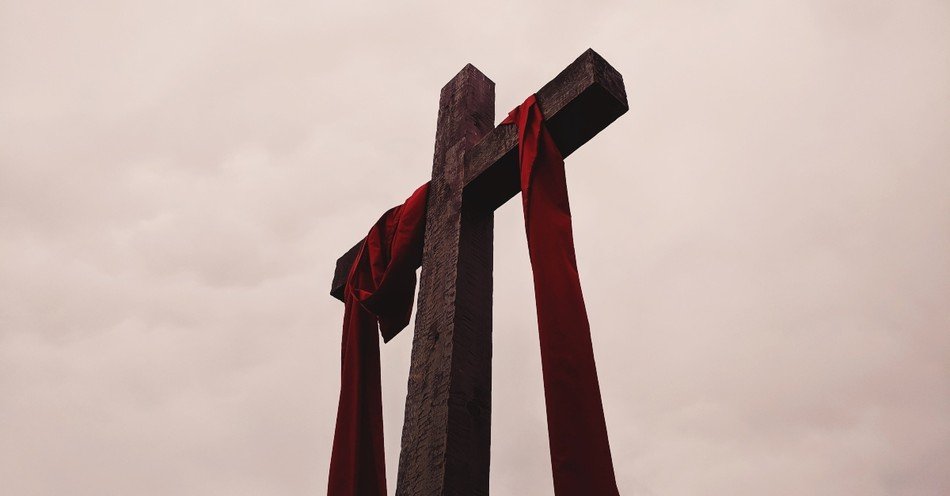Thanks to the Romans, there’s a lot of confusion surrounding the timeline of Palm Sunday, the Crucifixion of Christ, and the Resurrection. I’ll be the first to admit that the various Gospel accounts of the Last Supper seem to conflict a bit—any scholar would concur—but besides that strange mystery, the rest of the details of Passion Week do synchronize nicely between all four Gospels. Even so, the Church at large, divorced from an understanding of Hebrew ways, seems to have misunderstood the sequence and timing of the events that occurred in the Messiah’s last week.
I find that by leaning heavily on the Gospel of John and paying close attention to the Passover of the Exodus, the real timeline emerges.

In John 11:55 we read, “Now the Passover of the Jews was at hand, and many went up from the country to Jerusalem before the Passover to purify themselves.” Continuing at 12:1, we read, “Six days before the Passover, Jesus therefore came to Bethany, where Lazarus was, whom Jesus had raised from the dead.. So they gave a dinner for him there.” This tells us that Jesus entered Bethany on the sixth day preceding the first day of Passover. Since Passover is a seven-day observance that begins at sundown on the 14th day of the month of Abib, we can calculate that Yeshua ate an evening meal at Bethany on the 9th of Abib.
A few verses later, in 12:12, John gives us this crucial piece of information: “The next day, the large crowd that had come to the feast heard that Jesus was coming to Jerusalem. So they took branches of palm trees and went out to meet him, crying out, ‘Hosanna! Blessed is he who comes in the name of the Lord, even the King of Israel!'” Because this was the very next day after dinner in Bethany, we have to conclude that Yeshua’s Triumphal Entry took place on the 10th of Abib. That’s incredibly meaningful, of course, because of the prophetic foreshadow given in Exodus 12:3, which reads, “‘Tell all the congregation of Israel that on the tenth day of this month [of Abib] every man shall take a lamb according to their fathers’ houses, a lamb for a household…Your lamb shall be without blemish….” Yeshua’s entry into Jerusalem coincided with the entry of the perfect, set-apart lambs into Israelite homes (recall that the Temple of Jerusalem is the House of the Lord).
After entering Jerusalem, Yeshua did not stay for very long. The end of the 10th day was already drawing close, so after a quick inspection of the Temple area, he and his disciples left town. To wit: “And he entered Jerusalem and went into the temple. And when he had looked around at everything, as it was already late, he went out to Bethany with the twelve (Mark 11:11).”
Which day of the week was the 10th of Abib? To find out, we must count backwards from the end of the following week. Yeshua’s resurrection occurred either before dawn on Sunday, or, more likely, at the transition point between the 7th day and the 1st day of the week. I say “more likely” because John 19:31,42 explains that the Lord’s body was entombed late in the evening as the Day of Preparation (14th of Abib) was ending, not during the middle of the night or before dawn. So we must count backwards three days and three nights, or 72 hours exactly, to arrive at the day of the crucifixion/burial. Seventy-two hours before sunset on Saturday takes us back to Wednesday. (Yeah, sorry, Christian friends… Good Friday is not a thing. It should be Good Wednesday!)
Continuing to count backwards another four days from Wednesday, we arrive at Saturday as the day of the Triumphal Entry. Whoops! Palm Sunday should be Palm Saturday. I apologize that this leaves a lot of faces with egg on them, but facts are facts. Yeshua, Lord of the Sabbath, rode into his Father’s house on the very day of the week which is set apart for God. This corresponds perfectly with the fact that Yeshua will in the not-too-distant future ride a white horse triumphantly into Jerusalem to begin the Sabbath Millennium (the 1000-year reign of Messiah).
An interesting aside here is that Yeshua rode on a donkey on a Sabbath day. This would have made the Jewish leaders very angry because they had overly strict laws regarding activity on the Sabbath. Making animals work on the Sabbath is, in fact, prohibited by Torah, but evidently our Lord did not treat it as work for the colt to carry him a short distance, ostensibly because he was leading a parade to the glory of God, not engaging in labor to create something or generate resources.
The more you know!


